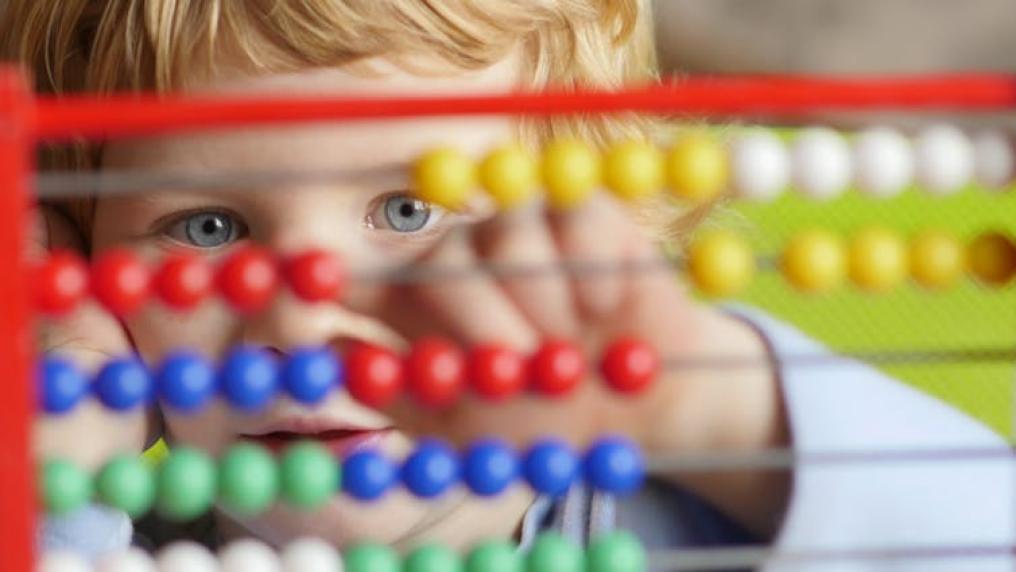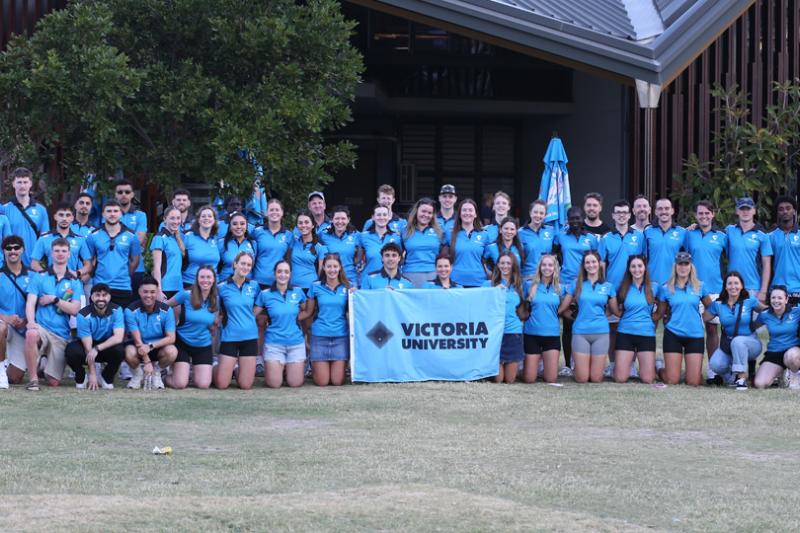How our youngest school kids are faring & what needs to change

Australia’s most important information on early childhood development, the 2015 AEDC National Report was released on 7 March. It reveals that around 60,000 children are developmentally vulnerable in their first year of school. Evidence shows this early disadvantage affects children’s performance throughout their schooling.
The Australian Early Development Census measures kids’ development in their first year of school across five domains: physical health and wellbeing, social competence, emotional maturity, language and cognitive skills (school-based), and communication skills and general knowledge. The AEDC reports on the percentage of children developmentally on track, developmentally at risk (between the 11th and 25th percentile) and developmentally vulnerable (10th percentile or below) on each of these domains. The data collections serve to guide policy planning and service delivery to best meet the needs our youngest residents, their families and their communities.
While there have been promising trends in children’s language and cognitive skills, which have increased significantly since the first report in 2009, and in their communication skills and general knowledge; there remains a core group of children – more than one in five – that are developmentally vulnerable.
One in three children from the lowest socio-economic areas are developmentally vulnerable, compared to one in six children who live in the wealthiest suburbs.
The gap between Indigenous and non-Indigenous children is narrowing on most measures, although it remains unacceptably large, with Indigenous kids more than twice as likely to be developmentally vulnerable in one or more domains. This tells us that continued, focussed efforts to enhance educational and health outcomes, in partnership with Indigenous families and communities, are still required to unlock their full potential.
The report also reveals areas where progress has stalled or worse, regressed. More children are developmentally vulnerable on social competence, and physical health and wellbeing measures since 2009. Emotional maturity has fluctuated, with more children developmentally vulnerable in this domain in 2015 than in 2012. Given the pivotal role of early social and emotional wellbeing on resilience and lifelong mental health, this is of great concern.
Most worrying is the widening gap since 2009 between the most disadvantaged areas and least disadvantaged areas, and between children in major cities and those in rural, remote and very remote areas, the last of whom are more than twice as likely to be developmentally vulnerable as their peers in major cities. One in three children from the lowest socio-economic areas are developmentally vulnerable, compared to one in six children who live in the wealthiest suburbs.
We need to address these issues as a priority.
We know that participating in high-quality early learning and care programs in the years before school can have a profound, positive impact on a child’s development and later academic and life success. Recent Australian studies have shown that attending a high quality preschool program with well-qualified teachers has a significant positive impact on later achievement in numeracy, reading and spelling. Furthermore, international studies have found the benefits of high quality preschool and earlier learning programs in developing broader social and emotional capabilities that follow children well into adulthood. Conversely, lack of participation in such programs, or participating in poor-quality programs such as those with over-riding emphasis on rote-learning, or delivered by less-qualified, less skilled educators can have negligible or negative impacts children.
However, we still have around 30,000 children who are not attending an early learning program in the year before school. We can and must do better.
The National Quality Framework agreed by all of Australia’s state, territory and Commonwealth governments to raise the quality and consistency of early childhood education services and programs, and National Partnerships to boost preschool access, especially for indigenous children, are showing promising results. But implementation is far from complete and much more work remains if we are to unlock the full potential of each child. Around a third of all services do not meet the quality standards, and thousands of services have yet to have had a quality assessment. This does not mean we should weaken the national quality framework, rather greater support is required to help services improve and meet children’s developmental needs.
What remains unanswered is why so many kids are missing out (although we know it’s no one single factor), how we can engage the most vulnerable children in early learning and how we can help parents as the first teachers to support their kids to develop the multiple capacities they need to thrive in and beyond school. We are exploring the most promising programs from around Australia and the world. Next month we will propose pathways to improved participation in quality learning programs for all kids, especially those currently missing out.



